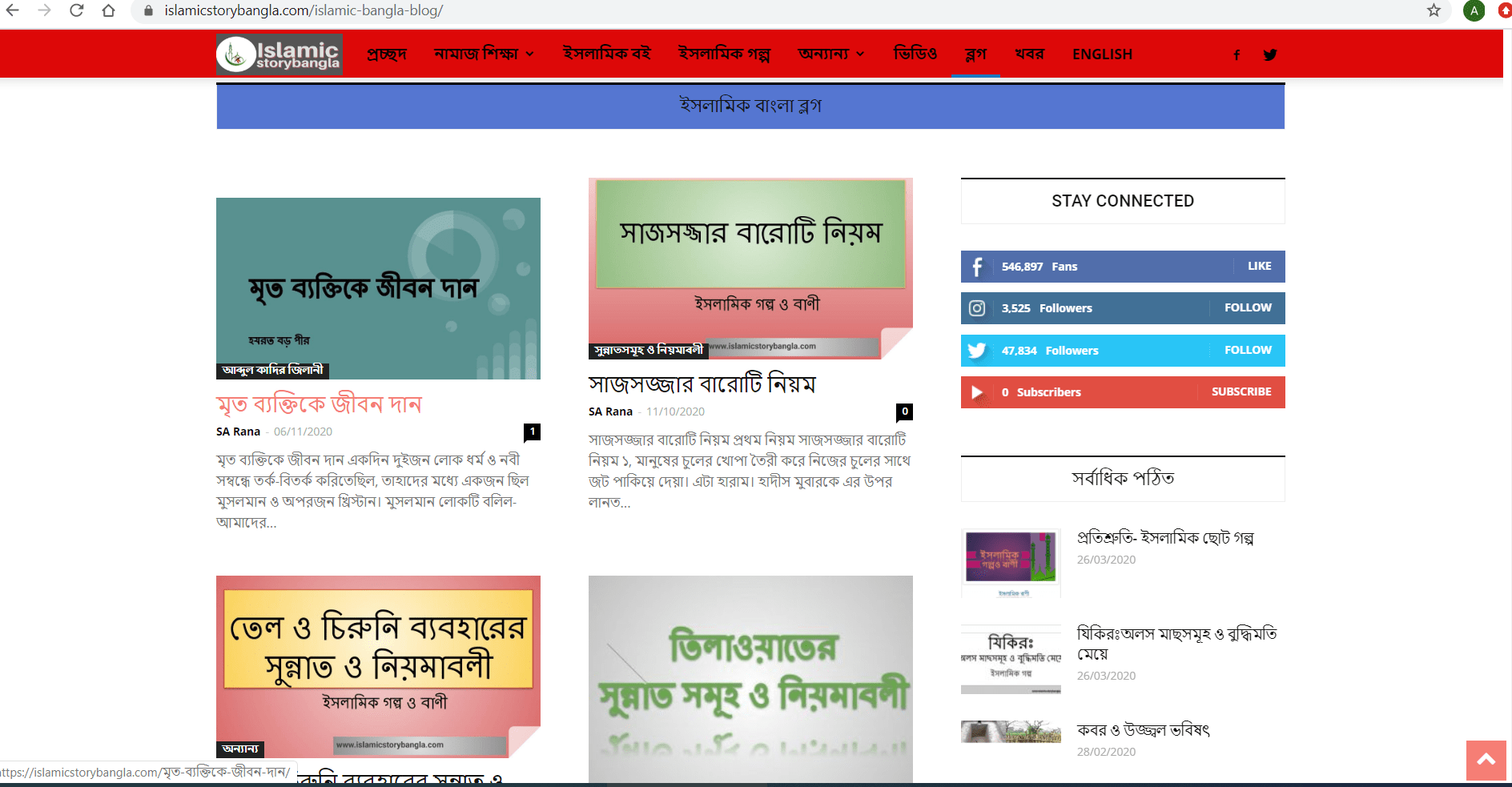The importance of responsive web design has never been more critical than in the current era, where users access websites across various devices and platforms. With mobile phones, tablets, laptops, and desktops offering varying screen sizes, websites need to adapt seamlessly to deliver a cohesive user experience. A responsive design isn’t just a trend; it’s an essential aspect of modern web development. In this blog, we’ll explore in-depth the importance of responsive web design and how it affects businesses, users, and the overall online ecosystem.
What is Responsive Web Design?
Before diving into the importance of responsive web design, let’s first understand what it is. Responsive web design (RWD) refers to the approach of designing and developing websites so they respond and adapt to the user’s device, screen size, orientation, and platform. A responsive website automatically adjusts its layout and elements to fit the screen it’s being viewed on. This is achieved through flexible grids, media queries, and dynamic resizing of elements like images and text.
The primary goal of responsive design is to ensure that users have a seamless experience, regardless of the device they use to access the website. Whether someone is viewing your site on a smartphone or a widescreen monitor, a responsive design will adjust accordingly, ensuring readability, usability, and functionality.
Why The Importance of Responsive Web Design Cannot Be Ignored
1. Enhanced User Experience
- Fluid Navigation Across Devices: Responsive design allows for smooth navigation, regardless of the device or screen size. For example, mobile users can easily scroll, tap, and access content without needing to zoom or adjust their screen. This is crucial for maintaining user satisfaction, as complex or difficult navigation leads to frustration, which could make users leave the site.
- Optimized Viewing for Different Devices: Responsive design ensures that the site’s layout automatically adjusts, so users on smaller devices see a version of the site that is just as readable and functional as the desktop version. This eliminates the need for multiple versions of a website, saving time and resources for developers.
- Consistent Branding: A responsive website maintains a consistent look and feel, which is vital for brand integrity. Whether users visit your site on a tablet or a laptop, the layout and design elements like fonts, colors, and images remain uniform. This consistency helps strengthen brand identity and trustworthiness.
- Reduced Load Times: Websites designed responsively often load faster on mobile devices, as unnecessary content and scripts can be optimized or removed. Faster load times are critical because users are more likely to abandon a site that takes too long to load. Moreover, search engines like Google prioritize fast-loading sites, making this a key factor in SEO.
- Improved Accessibility: A responsive design accommodates users with disabilities by making content more accessible across various devices. For example, a responsive site may support screen readers or allow users to adjust font sizes, ensuring that all users, regardless of their abilities, can navigate the site comfortably.
2. Boost in Mobile Traffic
- Mobile Dominance: Mobile traffic has surpassed desktop traffic, making responsive design a necessity. The importance of responsive web design lies in the fact that more than half of internet users access websites via mobile devices. Failing to cater to this audience means potentially losing a large segment of your traffic.
- Mobile-First Indexing: Google now uses mobile-first indexing, meaning the mobile version of a website is considered the primary version for ranking purposes. If your site isn’t optimized for mobile, you risk a drop in search engine rankings. Responsive web design ensures your site is mobile-friendly, making it easier for search engines to index and rank your pages higher.
- Increased Engagement and Conversion Rates: When a site is easy to navigate on a mobile device, users are more likely to engage with the content and take desired actions, such as making a purchase or filling out a form. By optimizing for mobile users, businesses can enhance their conversion rates and improve their return on investment (ROI).
- Lower Bounce Rates: A responsive design keeps users on the site longer because it adjusts to fit their device, offering a pleasant experience without the need for manual adjustments like zooming or scrolling horizontally. A lower bounce rate signals to search engines that your site is relevant and valuable, which can improve your rankings.
- Catering to Local Searches: Many users perform local searches on their mobile devices, such as finding nearby restaurants or shops. A responsive website allows local businesses to capture this mobile audience effectively. If a site is not mobile-friendly, users may leave to find a competitor whose site is easier to navigate.
3. Improved SEO Performance
- Google’s Preference for Responsive Design: The importance of responsive web design extends to SEO, as Google has explicitly stated that it prefers responsive sites over those with separate mobile and desktop versions. Responsive design simplifies Google’s job of crawling and indexing your site, which can boost your search engine rankings.
- One URL for All Devices: Unlike having separate URLs for desktop and mobile versions of a site, responsive web design uses a single URL. This consolidates your site’s SEO power, as all backlinks and social shares point to the same URL, strengthening its authority.
- Faster Load Times Improve SEO: Google considers page load time a ranking factor, and responsive websites are generally optimized for faster loading across devices. By reducing elements that slow down a page, responsive design can contribute to better rankings and user experience.
- Reduced Duplicate Content Issues: With responsive design, there’s no need to create separate content for mobile and desktop sites, which can lead to duplicate content issues. Since duplicate content can negatively impact your SEO rankings, responsive design helps maintain a single version of your content that’s optimized for all devices.
- Lower Bounce Rates Improve SEO: As mentioned earlier, responsive design can reduce bounce rates, which is another signal to search engines that your site provides valuable content. A lower bounce rate combined with high engagement can push your site higher in search engine results pages (SERPs).
4. Cost Efficiency
- Eliminates the Need for Multiple Sites: With responsive web design, there’s no need to create separate websites for desktop and mobile users. A single site can adapt to all devices, saving time, money, and effort for businesses that would otherwise need to maintain multiple versions.
- Lower Maintenance Costs: Maintaining one website is significantly more cost-effective than managing multiple versions. With responsive design, you only need to make updates and changes to a single site, reducing maintenance costs and allowing your development team to focus on other important tasks.
- Reduced Development Time: Since responsive design uses a single code base that adapts across all devices, the time required for development is considerably shorter. This not only cuts down the initial development costs but also allows for quicker time-to-market.
- Future-Proofing: As new devices with different screen sizes and resolutions continue to emerge, a responsive website will automatically adjust without the need for major redesigns. This future-proofs your site against the constant evolution of technology, ensuring it remains functional and relevant.
- Increased ROI: By investing in responsive design, businesses can expect a higher return on investment in the long run. A responsive site attracts more traffic, converts more users, and requires less ongoing maintenance, all of which contribute to a better bottom line.
5. Adapting to Evolving User Behavior
- Shift to Mobile Devices: As the number of mobile users continues to grow, the importance of responsive web design becomes even more apparent. Users are no longer tethered to their desktops, and they expect websites to perform just as well on their smartphones and tablets.
- Changing Screen Sizes and Resolutions: Users interact with websites on various devices, each with different screen sizes and resolutions. Responsive web design ensures that no matter how technology evolves, your website can adapt, providing a consistent experience across all devices.
- Improved User Retention: When users have a positive experience on your site, they’re more likely to return. Responsive web design helps ensure that users can easily find what they’re looking for, regardless of the device they’re using, which increases the chances of repeat visits.
- Optimized for Touchscreens: As more devices feature touchscreens, responsive web design adapts to accommodate this input method. Elements like buttons and links are made touch-friendly, improving usability and ensuring that mobile users can easily navigate your site.
- Consistency Across Platforms: Whether a user is accessing your website from a mobile device, tablet, or desktop, they expect a seamless experience. Responsive web design ensures that your site looks and functions consistently, which enhances user trust and engagement.
Conclusion
In summary, the importance of responsive web design cannot be overstated in today’s digital world. It impacts everything from user experience and SEO to cost efficiency and future-proofing. Businesses that prioritize responsive design will not only meet the needs of their current audience but also position themselves for long-term success in an increasingly mobile-driven world. By ensuring your website is responsive, you create a cohesive and enjoyable experience for users across all devices, which ultimately leads to higher engagement, improved SEO rankings, and increased conversions.




